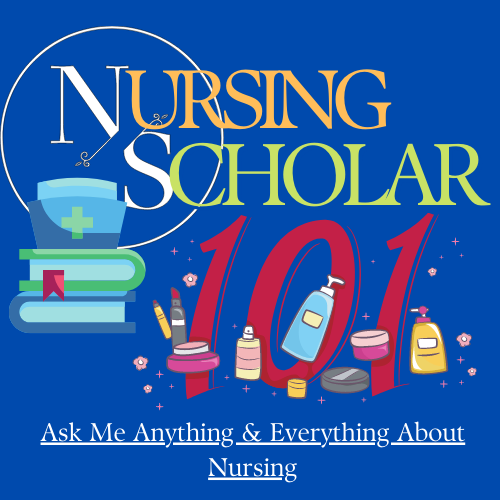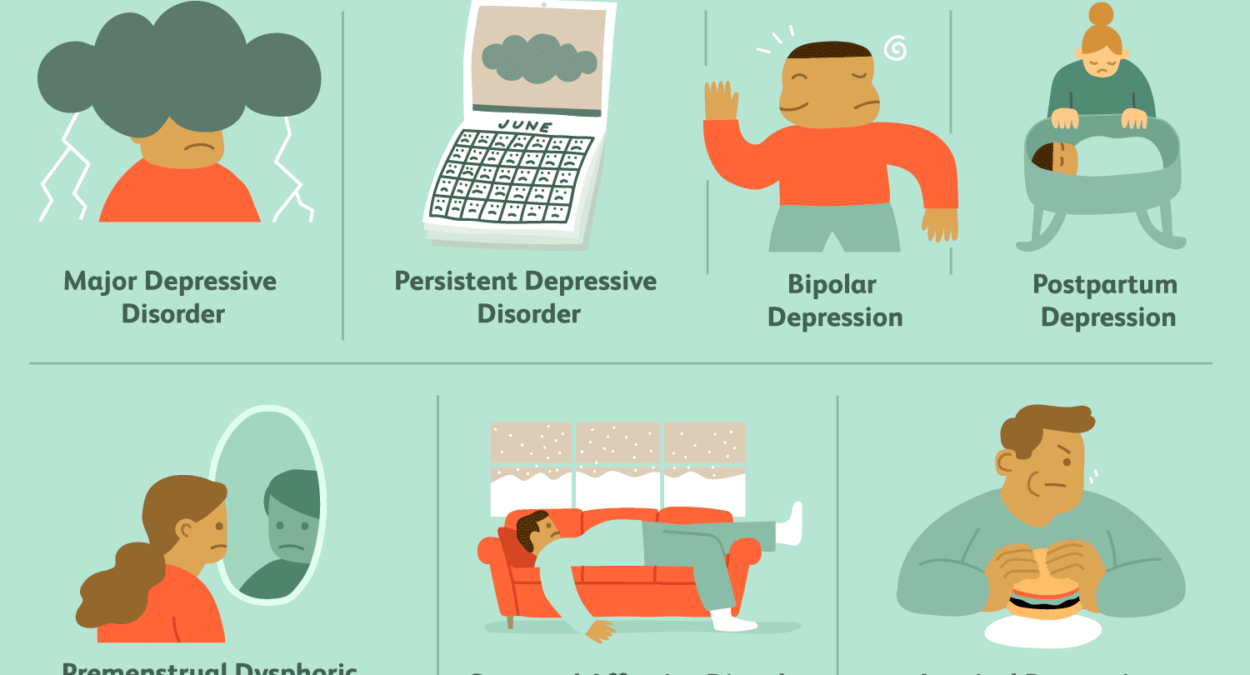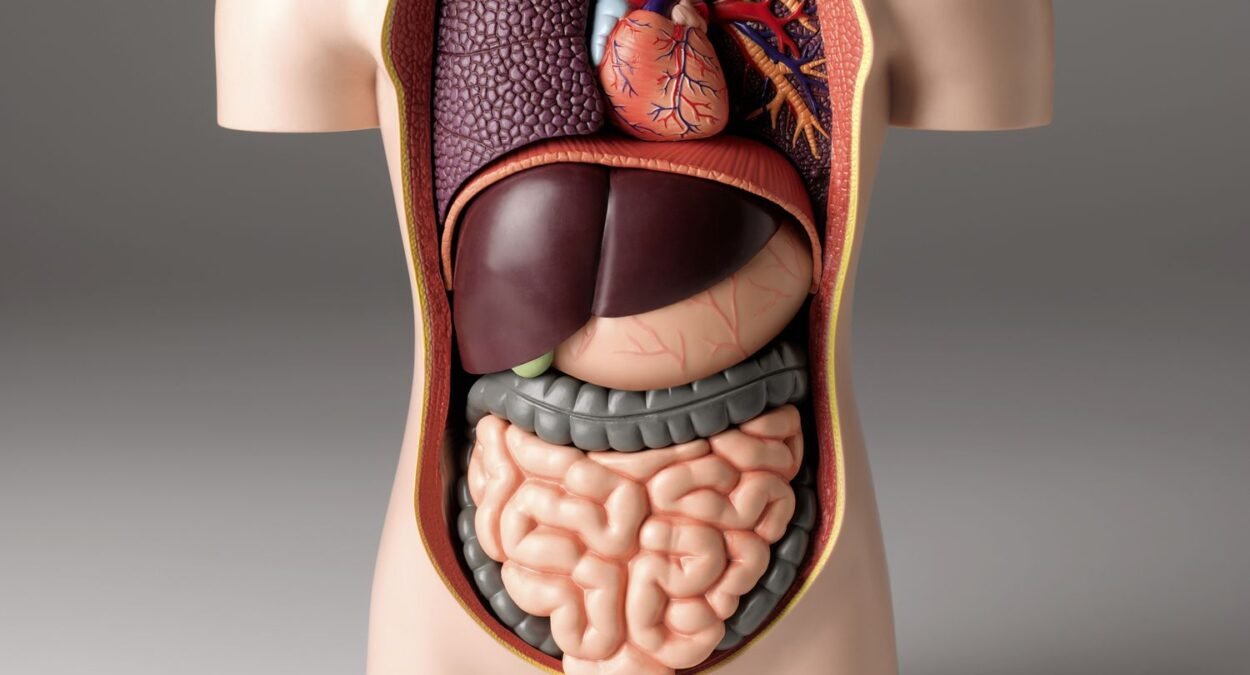100 Essential MCQs for Nursing Exam 2024 with Answers (Part 1/3)
Preparing for the Nursing Exam 2024? Whether you’re gearing up for the DSSSB Nursing Officer exam or any other competitive nursing exam, practice is key to success. Below, we’ve compiled 100 multiple-choice questions (MCQs) covering a wide range of topics essential for nursing students and professionals. Each question is followed by the correct answer to help you gauge your knowledge and focus your study efforts.
1. Anatomy and Physiology
1. Which organ is primarily responsible for detoxification in the body?
– A) Kidneys
– B) Liver
– C) Lungs
– D) Skin
Answer: B) Liver
2. The functional unit of the kidney is called:
– A) Neuron
– B) Nephron
– C) Alveolus
– D) Glomerulus
Answer: B) Nephron
3. Which blood vessel carries oxygenated blood from the lungs to the heart?
– A) Pulmonary artery
– B) Pulmonary vein
– C) Aorta
– D) Vena cava
Answer: B) Pulmonary vein
4. The primary function of hemoglobin is to:
– A) Transport nutrients
– B) Carry oxygen
– C) Remove waste
– D) Regulate temperature
Answer: B) Carry oxygen
5. Which part of the brain controls balance and coordination?
– A) Cerebrum
– B) Cerebellum
– C) Medulla oblongata
– D) Hypothalamus
Answer: B) Cerebellum
2. Fundamentals of Nursing
6. Which of the following is a primary responsibility of a nurse during patient care?
– A) Diagnosing diseases
– B) Administering treatment as prescribed
– C) Writing prescriptions
– D) Performing surgeries
Answer: B) Administering treatment as prescribed
7. The five rights of medication administration include:
– A) Right patient, right time, right dose, right drug, right route
– B) Right patient, right time, right temperature, right drug, right route
– C) Right patient, right time, right dose, right diet, right drug
– D) Right patient, right time, right diagnosis, right drug, right route
Answer: A) Right patient, right time, right dose, right drug, right route
8. Hand hygiene should be performed:
– A) Only when hands are visibly dirty
– B) Before and after patient contact
– C) Only after patient contact
– D) Once daily
Answer: B) Before and after patient contact
9. Which of the following is the best method for preventing pressure ulcers in bedridden patients?
– A) Frequent repositioning
– B) Using thick blankets
– C) Limiting fluid intake
– D) Applying heat packs
Answer: A) Frequent repositioning
10. A patient is NPO. This means:
– A) No physical activity
– B) No oral intake
– C) No procedures
– D) No pain observed
Answer: B) No oral intake
3. Pharmacology
11. Which class of drugs is used to lower cholesterol levels?
– A) Beta-blockers
– B) Statins
– C) Diuretics
– D) Anticoagulants
Answer: B) Statins
12. Insulin is primarily used to manage:
– A) Hypertension
– B) Diabetes mellitus
– C) Hyperthyroidism
– D) Heart disease
Answer: B) Diabetes mellitus
13. A common side effect of opioid analgesics is:
– A) Diarrhea
– B) Constipation
– C) Hypertension
– D) Insomnia
Answer: B) Constipation
14. Which medication is commonly used to treat asthma?
– A) Insulin
– B) Albuterol
– C) Metformin
– D) Digoxin
Answer: B) Albuterol
15. What is the antidote for warfarin overdose?
– A) Vitamin K
– B) Protamine sulfate
– C) Atropine
– D) Naloxone
Answer: A) Vitamin K
4. Maternal and Child Health Nursing
16. The normal fetal heart rate ranges from:
– A) 60-100 bpm
– B) 100-120 bpm
– C) 110-160 bpm
– D) 160-200 bpm
Answer: C) 110-160 bpm
17. Which of the following is a sign of preeclampsia?
– A) Low blood pressure
– B) Proteinuria
– C) Hypoglycemia
– D) Increased heart rate
Answer: B) Proteinuria
18. The Apgar score is used to assess:
– A) Maternal health during labor
– B) Newborn’s physical condition after birth
– C) The placenta’s condition
– D) Fetal movement in the womb
Answer: B) Newborn’s physical condition after birth
19. Which stage of labor involves the delivery of the baby?
– A) First stage
– B) Second stage
– C) Third stage
– D) Fourth stage
Answer: B) Second stage
20. Which of the following vaccines is recommended for pregnant women?
– A) Measles
– B) Rubella
– C) Tdap (Tetanus, diphtheria, and pertussis)
– D) Varicella
Answer: C) Tdap
5. Medical-Surgical Nursing
21. Which of the following is a classic sign of left-sided heart failure?
– A) Edema
– B) Pulmonary congestion
– C) Hepatomegaly
– D) Ascites
Answer: B) Pulmonary congestion
22. Which electrolyte imbalance is most commonly associated with renal failure?
– A) Hyperkalemia
– B) Hypokalemia
– C) Hypernatremia
– D) Hyponatremia
Answer: A) Hyperkalemia
23. The most common cause of chronic obstructive pulmonary disease (COPD) is:
– A) Asthma
– B) Smoking
– C) Air pollution
– D) Occupational exposure
Answer: B) Smoking
24. In diabetes management, HbA1c levels are used to measure:
– A) Daily blood sugar levels
– B) Insulin dosage
– C) Long-term blood sugar control
– D) Cholesterol levels
Answer: C) Long-term blood sugar control
25. Which of the following is a common symptom of hypothyroidism?
– A) Weight loss
– B) Tachycardia
– C) Fatigue
– D) Diarrhea
Answer: C) Fatigue
6. Pediatric Nursing
26. Which vaccine is given to prevent whooping cough?
– A) MMR
– B) DTaP
– C) Hib
– D) IPV
Answer: B) DTaP
27. What is the most common cause of dehydration in children?
– A) Fever
– B) Diarrhea
– C) Vomiting
– D) Excessive sweating
Answer: B) Diarrhea
28. A newborn’s first stool is called:
– A) Meconium
– B) Colostrum
– C) Vernix
– D) Lanugo
Answer: A) Meconium
29. Which of the following is a key feature of Kawasaki disease?
– A) Red eyes without discharge
– B) White patches in the mouth
– C) Dry skin
– D) Hair loss
Answer: A) Red eyes without discharge
30. Which growth chart is used to track a child’s development?
– A) WHO growth chart
– B) CDC growth chart
– C) AAP growth chart
– D) NHANES growth chart
Answer: B) CDC growth chart
[Continue the article with the remaining sections on Mental Health Nursing, Geriatric Nursing, Community Health Nursing, Ethics and Legal Issues in Nursing, Infection Control, Nutrition and Dietetics, Critical Care Nursing, Surgical Nursing, Nursing Leadership and Management, Research and Evidence-Based Practice, Emergency Nursing, Nursing Informatics, and End-of-Life Care. Each section should have 5 questions with the correct answers provided.]
- Nursing Care: The Role of Nursing in Hospitals, 10 Key Roles of Nursing in Hospitals, 25 FAQs About the Role of Nursing in Hospitals
- Where to Find Previous Nursing Exam Papers? DSSSB 2024
- DSSSB Nursing Officer Exam 24, Downloadable Previous Nursing Exam Papers
- 2024 DSSSB Nursing Exam: A Comprehensive Guide to Your Path in Healthcare, Download Previous Exam Papers Format





